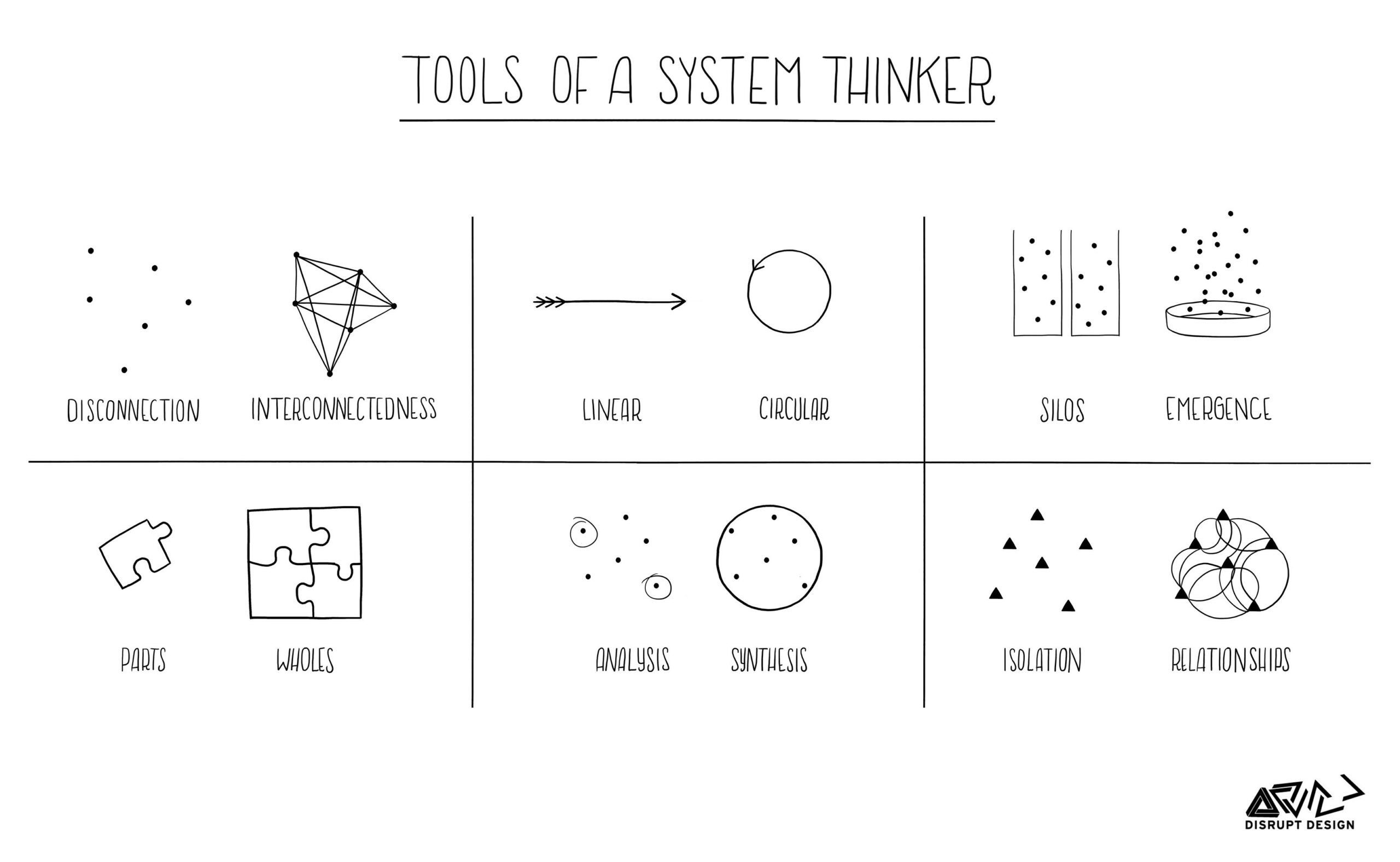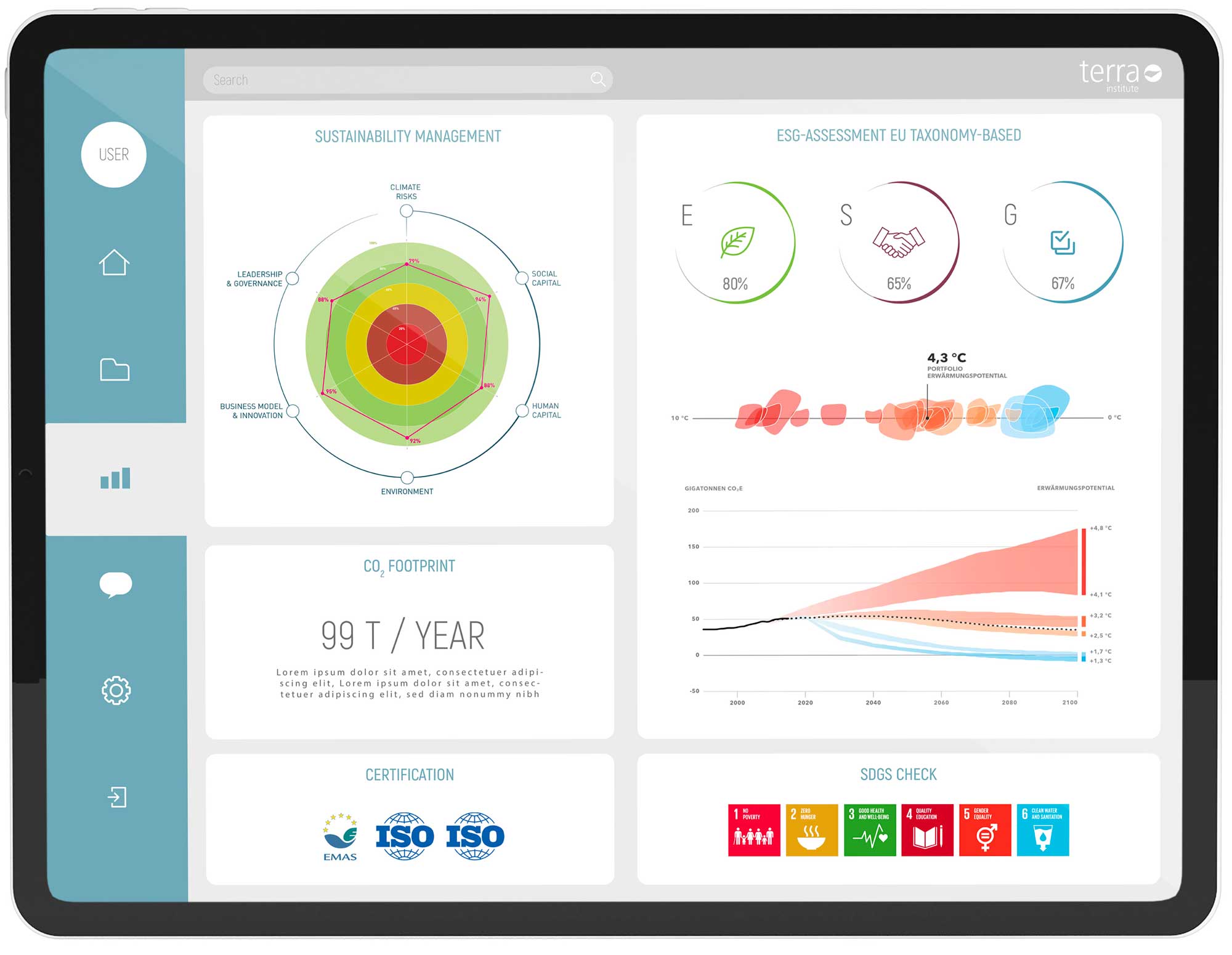NOWADAYS, IT IS STANDARD FOR COMPANIES TO HAVE AND COMMUNICATE A MISSION STATEMENT. IT IS ALSO COMMON FOR COMPANIES TO DESCRIBE THEIR VISION, MISSION AND VALUES. BUT WHAT DOES THE INCREASINGLY COMMON CONCEPT OF PURPOSE MEAN IN THIS CONTEXT? HOW DOES IT DIFFER FROM MISSION AND VISION? AND HOW DOES THE CONCEPT OF PURPOSE RELATE TO SUSTAINABILITY?
In short, if a company’s employees enjoy getting up in the morning and are motivated to go to work, regardless of their hierarchical level and salary, then the company almost certainly has a purpose. Consciously or unconsciously.
A NEW UNDERSTANDING OF ENTREPRENEURSHIP
There are industries where purpose – as a meaning that goes beyond the company – is obvious. For example, when it comes to saving or caring for people, animals and nature. For most companies, however, finding a purpose is more complex and embedded in a broader and new understanding of business and entrepreneurship. Traditionally, the purpose of a business has been seen primarily in terms of making a profit. As the saying goes, the end justifies the means: Anything goes, as long as you make money and obey the rules and laws. That has changed. With the climate crisis and the arrival of Generation Z as employees, most companies are striving to provide meaningful employment. People have a need for meaning that is deeply rooted in the purpose of the organization and has lasting validity. Employees are no longer willing to do ‘anything’ as long as the money is right; customers no longer just want to buy branded products, they also want to feel good – in a holistic sense.
THE DIFFERENCE BETWEEN PURPOSE AND MISSION?
Mission and purpose are often confused in practice today. What is the difference? In mission we describe what we do, in purpose we describe why we do it. The mission provides the basis for the company’s strategy and the focus of all its activities; the purpose describes the culture needed to achieve the shared vision and fuels the passion for the activity. A mission can be shared – even monetarily – while the common purpose is shared and everyone takes responsibility for pursuing it.
‘A mission statement used to be based on mission and vision. Suddenly everything is purpose.’ We hear this quite often in companies. But does purpose replace the mission statement? Or is it rather the case that purpose complements mission and vision to make a complete and sustainable mission statement?
The purpose, the underlying meaning, complements the mission and vision and ensures that the mission statement as a whole is sustainable.
A large number of corporate mission statements can be found on company websites. These are primarily business-oriented and read like a mixture of codes of conduct and customer promises. Rarely do we find mission statements that describe something that people are really passionate about, something that makes them get up in the morning full of energy and get going.
So, in sustainability management, which is about getting people really excited about sustainable change, a lot of energy has been spent trying to find methods of meaningful purpose work. And the concept of purpose, the underlying meaning, is at the heart of this. It thus complements the previous mission and vision and ensures that the mission statement as a whole pursues a sustainable direction.
NO REASON TO EXIST WITHOUT PURPOSE
Simon Sinek first captured the essence of purpose and sustainability in his 2009 TED Talk with the Golden Circle model, describing the power of inspiring companies and brands: “Why? How? What? Why is at the centre of the circle. Purpose, as the underlying meaning and purpose, answers the question of why a company is important to the world, the biosphere and society, and what positive contribution it makes to the well-being of the earth. Purpose thus describes a company’s higher raison d’être, independent of profit generation. According to this approach, all companies that do not have a purpose and therefore cannot prove that they are truly useful for the preservation of life on Earth no longer have a right to exist.
The companies Patagonia and Tesla are often mentioned in this context because they defined and communicated their purpose very early on. Patagonia says: ‘We are in business to save the planet. Tesla: ‘We are accelerating the world’s transition to sustainable energy.
With a purpose articulated in this way, it is easy for individual employees to position themselves and develop an attitude that is attractive.
According to Sinek, the how and the what only emerge from the why, the purpose: What does a company and all its stakeholders need to do to translate the contribution it wants to make into a mission, to make the specific ‘purpose of being’ operational? In this second and third category of the Golden Circle, the classic mission and strategy come first.
The vision also describes where the company wants to be in three to five years’ time and how the world will have changed by then. This is also important because today’s investors, customers and employees want to know whether a business model is ‘fit for grandchildren’. A strategic, sustainable vision focuses on the company’s future development paths, such as target markets or future technologies and products.
HOW COMPANIES CAN DEVELOP A PURPOSE IN PRACTICE
There are several approaches to developing purpose. One of these is the systemic approach, which can be described in five questions:
- System Membership: Who are we doing what we are doing for? From which system do we derive our purpose?
- Needs in the world: What needs, what demands are there in the world? What is needed? What needs is my heart at home in?
- Unique position: What are the core competencies of our company? Where do we see our greatest strengths?
- Purpose: Why do we exist? What is the purpose of our efforts? How do we make the world a better place? How do we understand our role?
- Shaping the future: What do we want to change? Where will our purpose take us? What kind of world do we dream of?
Whichever approach is chosen, the highest possible level of participation in a diverse group is always helpful for a powerful mission and purpose process. Participants who are enthusiastic about the process will act as multipliers, bringing the purpose to life in the organization.
Purpose is therefore the company’s central source of energy during a new, sustainable economy that is embedded in social and environmental concerns. Purpose counters the outdated notion that ‘when business is good, everyone is good’.
If you have any questions on this topic, please do not hesitate to contact the Terra Institute.










